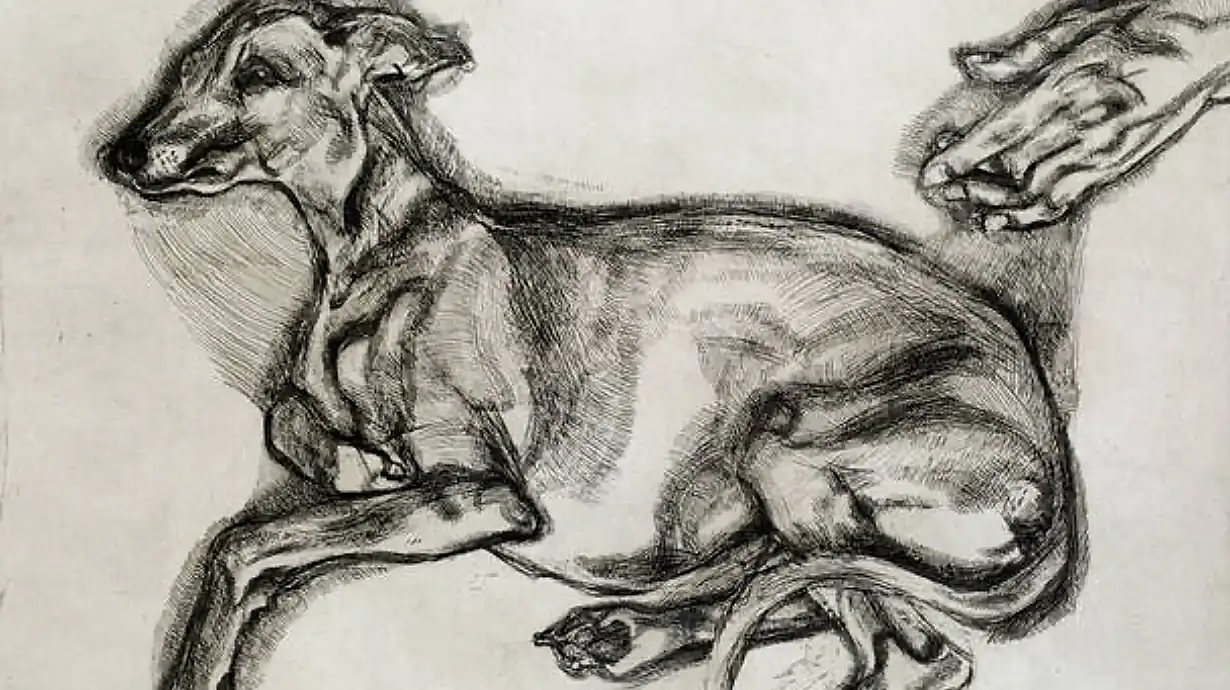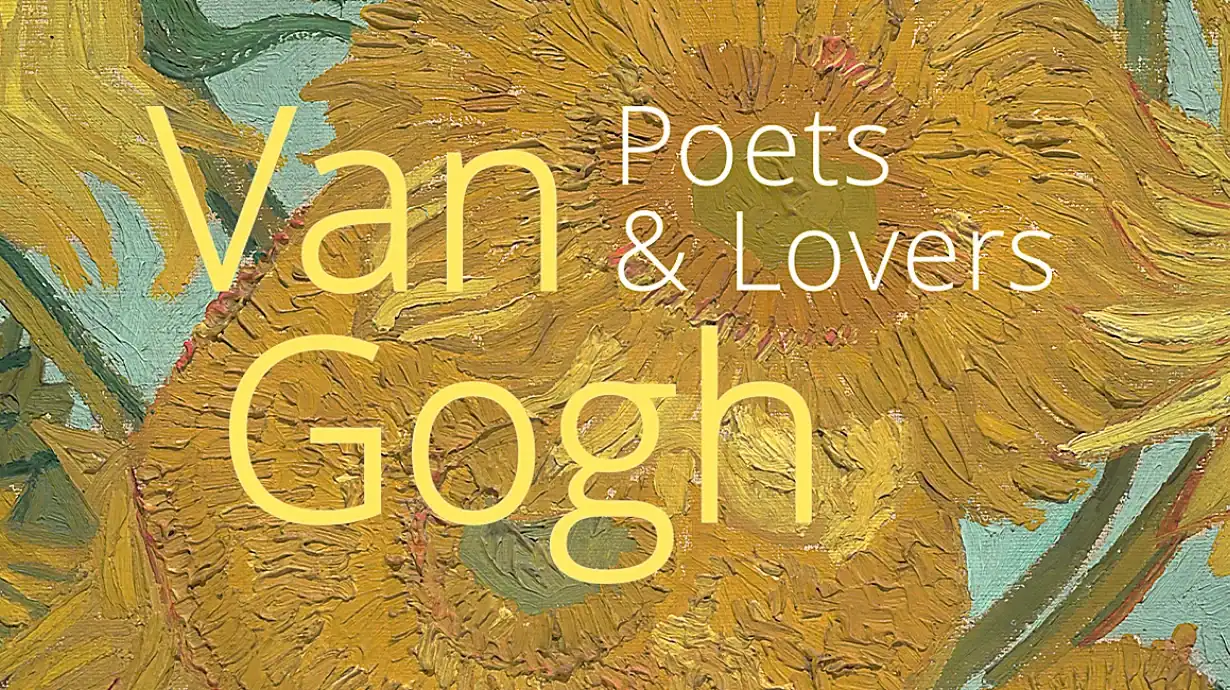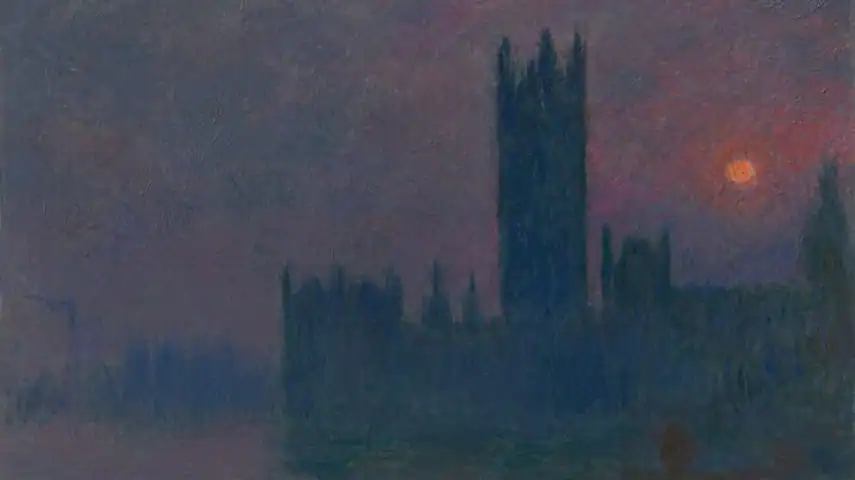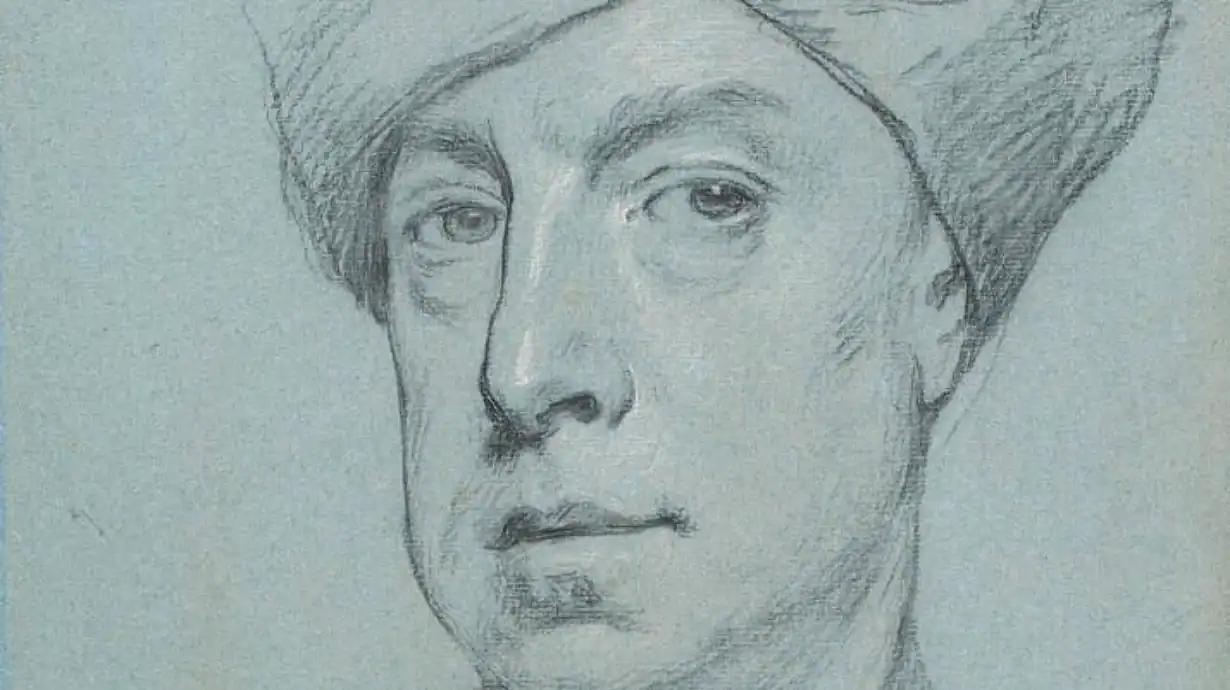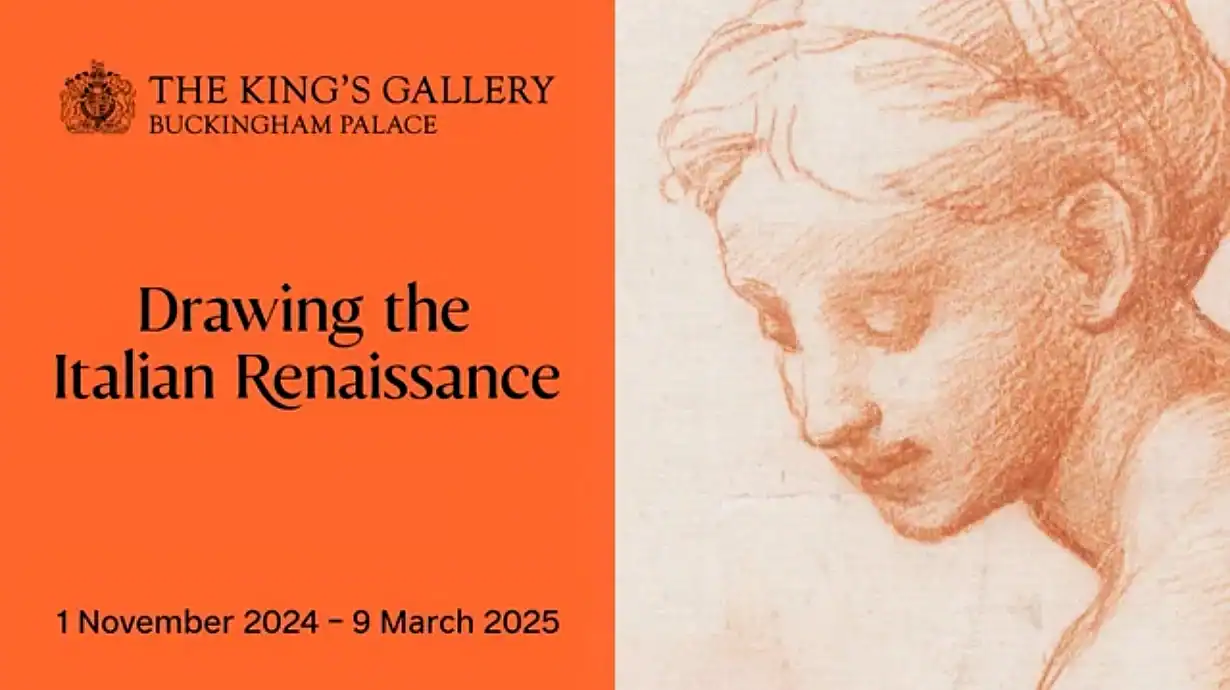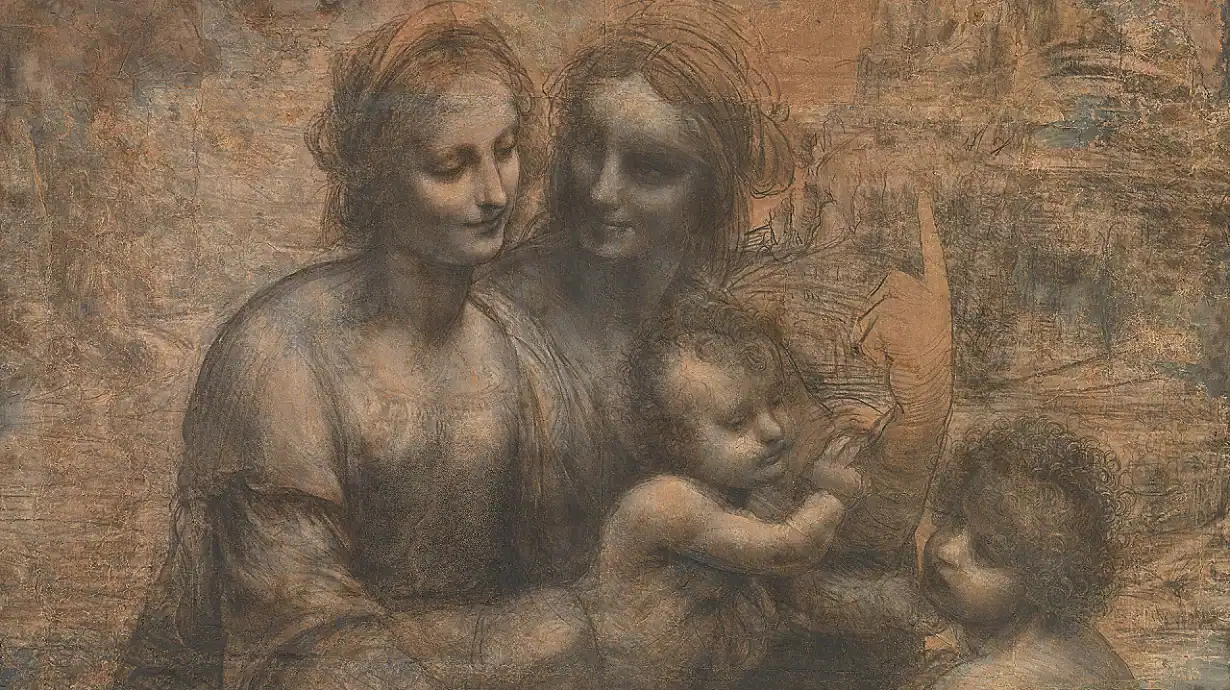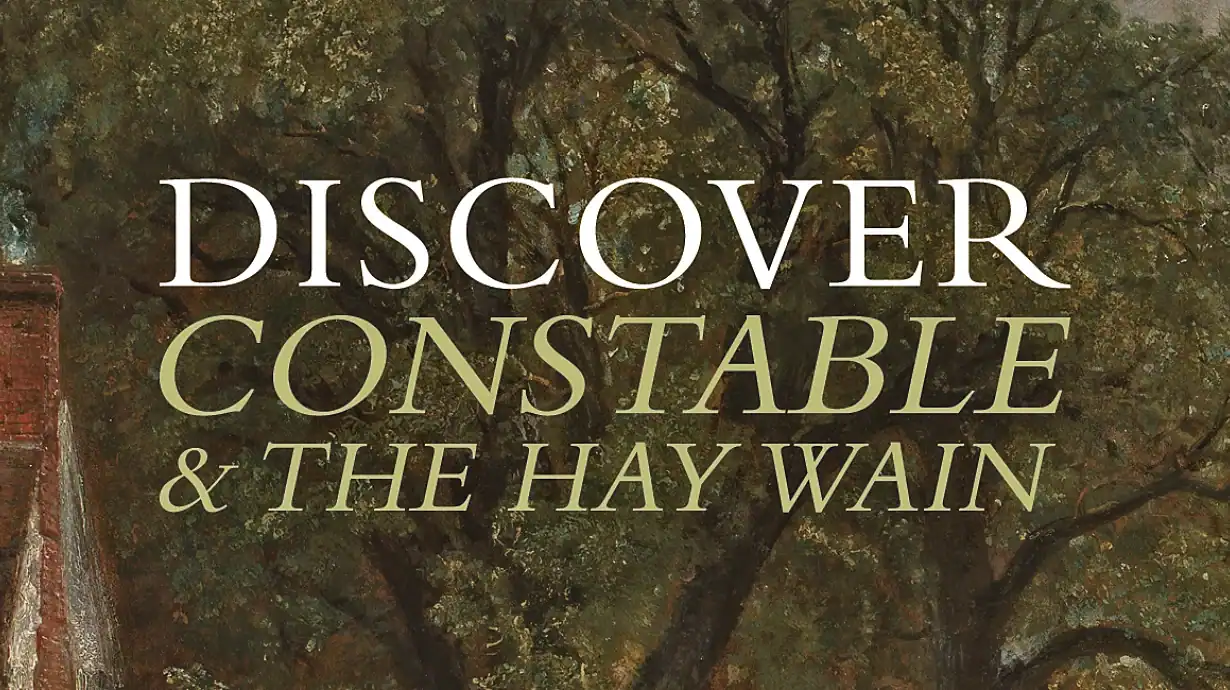
John Constable's The Hay Wain has gained an iconic status in British art, and two hundred years after it was first created the painting is considered the quintessential image of the English countryside.
It's hard to imagine that when it was first exhibited at the Royal Academy in 1821 some visitors found his truthful treatment of the Suffolk countryside to be quite radical.
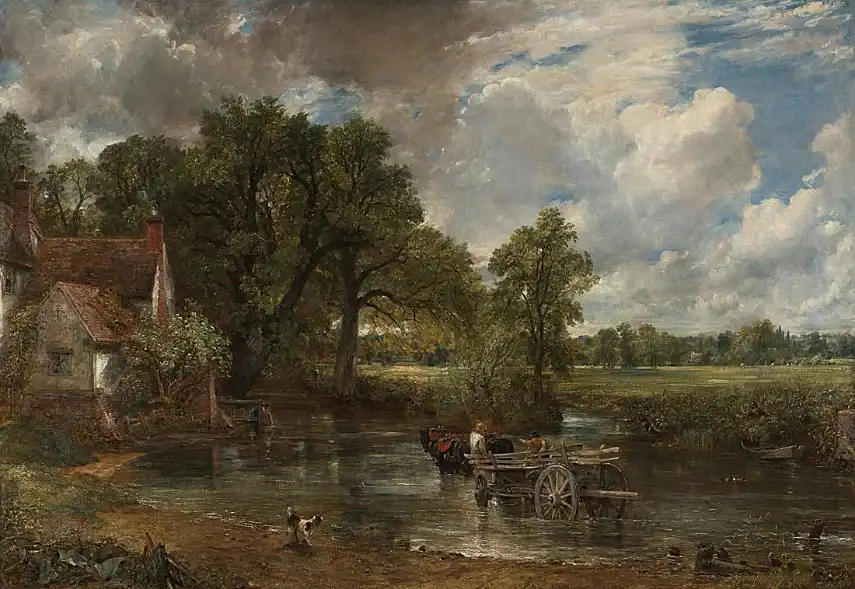 Photo: nationalgallery.org.uk
Photo: nationalgallery.org.ukThe painting shows an idyllic rural scene with three horses pulling a large farm wagon across the River Stour. Shown on the left is the home of tenant farmer Willy Lott, near the Flatford Mill which used to belong to Constable's father, and which he would he known since childhood.
The exhibition will bring together some of the preliminary sketches that Constable made 'en plein air' over a period of twenty years before producing the finished work in his London studio.
Also on display will be some works that he made shortly after The Hay Wain, including The Cornfield and Salisbury Cathedral from the Bishop's Ground.
Landscape paintings by Constable's contemporaries
The second part of the exhibition will include a selection of contemporary poems, paintings and prints by artists that Constable himself admired, to show how others were tackling rural scenes at the same time, plus some later paintings that artists made in response to The Hay Wain.
Highlights include works by William Blake, Turner's The Vale of Ashburnham, Gainsborough's Cornard Wood, John Crome's Marlingford Grove, and satirical prints by Charles Williams.
